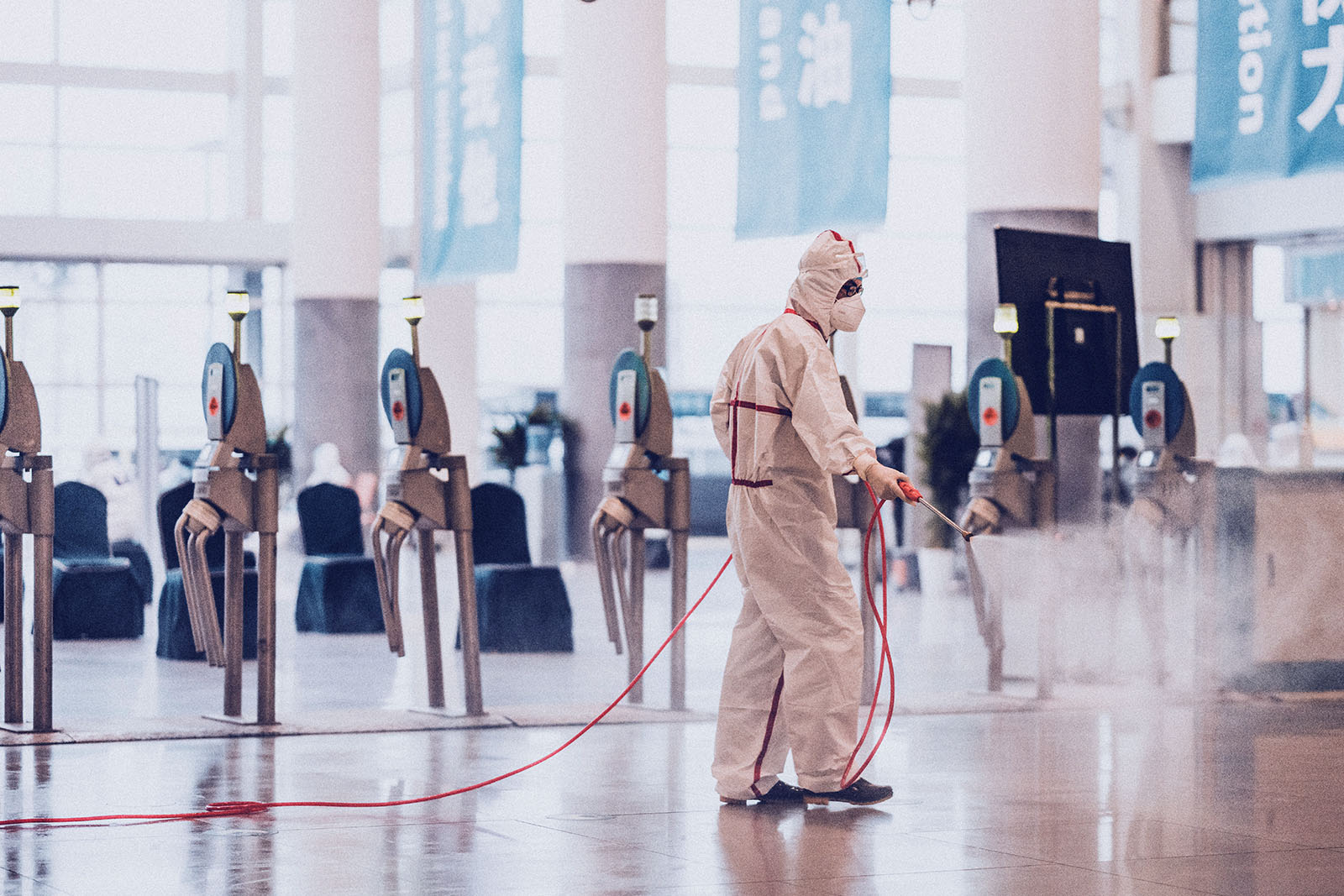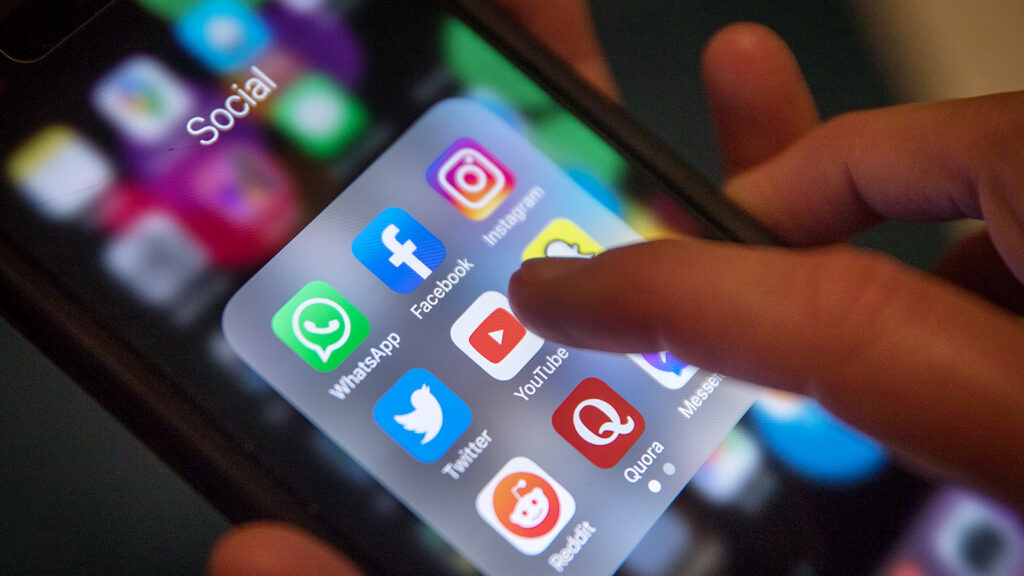6 Steps to Reopen Business Post-COVID

In the post-pandemic world, employers will need to provide assurance that workplaces are clean and assured. Even if the population achieves herd immunity from COVID-19, people will expect facilities to maintain high standards.
The world of work is undergoing massive changes. Just as 9/11 changed how the world travels, the COVID-19 pandemic will change how we work. These changes will extend to how individuals commute, enter workplaces, interact with others, manage tasks and more. Now, work not only has to be safe, it has to be “clean and assured.”
We have identified six broad topics that organizations need to address as they reopen for business, ranging from how we define “clean” to the nature of work and supporting logistics.
Higher Standards to Achieve ‘Clean and Assured’ Status
After 9/11, the public needed assurance that air travel was safe and secure. A new level of screening affected every traveler and airport employee. Similarly, post pandemic, employers will need to provide assurance that workplaces are clean and assured. Even if the population achieves herd immunity from COVID-19, people will expect facilities to maintain high standards.
To start, firms will need to adopt rigorous cleaning procedures for customers and employees, for which the CDC has specific recommendations.
These procedures will need to be transparent to all parties and will need to be audited. They may take the form of certifications, such as the safety inspection notices posted in elevators, or ratings, like a health department posting in a restaurant.
In the longer term, regulators may redefine minimum cleanliness standards for things ranging from disinfection processes to employee hygiene. Furthermore, employee adherence to stricter sanitary practices will need to have clearly defined behaviors. These could range from hand-washing instructions to complex cleaning techniques for specific machines, processes or industries.
Leaders will need to review, define and distribute new cleanliness metrics, as well as share firm performance with employees. And supervisors implementing new standards will need to develop the skills to manage cleaning, disinfection and inspection.
We can also expect to see increased use of personal protective equipment (PPE), including expanded use of gloves and face masks, becoming the norm in many customer-facing environments. Much like “hazard analysis of critical control points,” exposures to viruses must be minimized across the supply chain. This could mean minimizing touch points, creating disinfection protocols and diversifying sourcing.
Facility upgrades will likely need evaluation, from better HVAC and air filtration to protective compartments for workers.
Additional Approaches to Managing Employee Health
Before returning to work, we could see some form of regulatory guidance on which industries can begin to gear up. Federal, state and local governments will likely play roles in making these determinations. This may be done on a county-by-county assessment of risk as well as prioritization by industry type. An orderly and risk-based return to work could tread new ground in terms of legal issues, medical counsel and privacy, particularly if individuals return to work based upon virus exposure, immunity or vaccination.
Once at work, employees may be regularly tested and screened for COVID-19 symptoms, which will likely raise both privacy and employment law issues. Firms may need to consider creating isolation rooms for employees who experience symptoms while at work, and quarantine policies will be a necessity. The CDC has created guidance documents on how this should work.
As the world emerges from coronavirus, the world of work will make fundamental shifts that address biological, physical and emotional challenges.
Once back to work, companies will need to consider time-off policies, addressing, for example, practices that are punitive for absences. Any revisions to time off policies will need to balance the need to keep sick employees home with the need to keep operations going. Employers will be aiming to get the right balance of running operations and allowing employees to stay home while ill. Ultimately, organizations cannot afford to have employees report to work while displaying symptoms of COVID-19. In addition, they need to address the reality that some employees may be asymptomatic and infectious.
In the longer term, access to telemedicine facilities will be the norm for both industrial medicine and individual health care appointments. Given the level of stress in the environment, proactive support of employee mental health will be essential.
Less Privacy in Health Monitoring
In the short term, employees and visitors may see increasingly invasive forms of health monitoring. It is easy to imagine some of these changes becoming part of how we operate in the longer term. Examples of changes could include active monitoring of health and symptoms, from screening for viruses to temperature monitoring. These changes would alter the concepts of privacy in ways we have not anticipated.
If we look to Asia as a post-COVID-19 model, employees globally could begin to be classified based on health standards. For example, a green code on an electronic device or wristband may signal COVID-19 immunity or vaccination and allow employees access to transport, employment and commerce.
More Individualized Office Spaces
The days of shared office equipment and close quarters for seating are likely at the end of the line. This includes computers, printers, PDAs and phones. In addition, touchless control systems should be considered for other shared equipment such as elevators and doors.
As people return to work, firms may evaluate shift schedules and rotations to minimize exposure. Large employee meetings will likely be postponed, if not eliminated. Similarly, cafeterias will change to reduce employee exposures. These responses will need evaluation for both business-as-usual and future pandemic planning.
The Persistence of Social Distancing
Technology has enabled many businesses to function as normal during the pandemic. We can expect that remote work will grow in popularity, meaning some of the workforce will make working from home permanent. In other areas, we may see an acceleration of job automation, particularly for routine transactions and point-of-sale work.
Where employees continue to work in office environments, there are likely to be fundamental design changes to accommodate social distancing. This means a shift away from shared and open-space offices.
Travel will reduce significantly, as employers integrate virtual technologies into business as usual. Where travel alternatives are not feasible, firms will need to make risk-based decisions on which travel modes and facilities are acceptable. Expect to see changes in commuting, car-pooling and ride-sharing, driven by a desire for lower-density transport options.
Heightened Focus on Preparedness for the Future
To ensure that critical infrastructure and essential functions are maintained, organizations could increasingly rely upon housing employees near facilities where they are isolated from the larger population. This would be of particular focus for utilities, energy providers and manufacturing.
The current crisis has also taught us the value of being prepared for pandemics and having policies and practices ready to go when needed. It means robust IT systems to manage work from home and other needs. It also means having periodic drills to ensure the robustness of plans and supply chains, as well as the readiness of leaders. At a tactical level, it also means having stockpiles of required PPE and other essentials. At an individual level, it means having clear behavioral expectations, review and feedback. At a board level, it means regular challenge and review for plan robustness.
Summary
As the world emerges from the current pandemic, the world of work will make fundamental shifts that address biological, physical and emotional challenges. Just as we made changes post 9/11, we will adapt and respond to the challenges of pandemics. It will require thoughtfulness and planning. People will need to change their fundamental behaviors regarding how work gets done and how we keep our facilities clean and assured.






